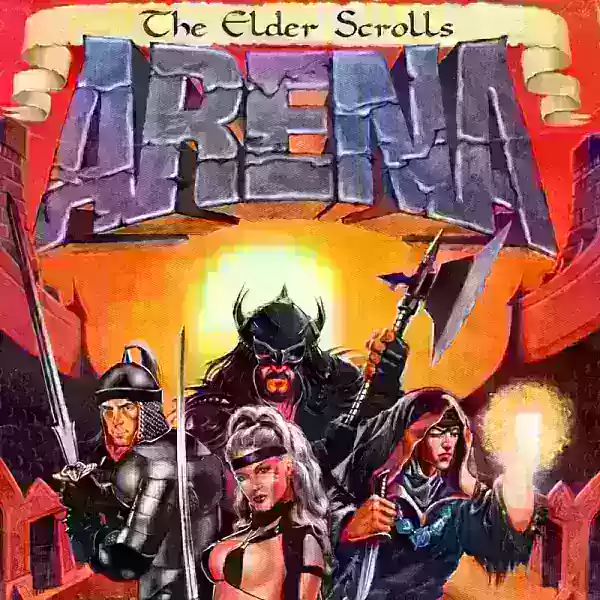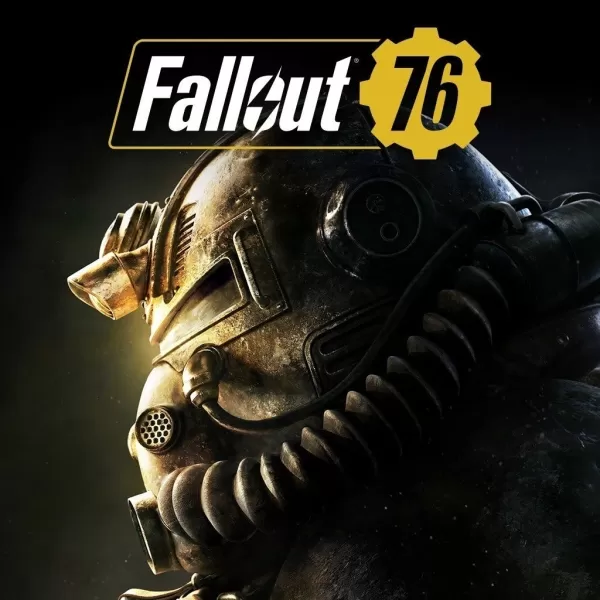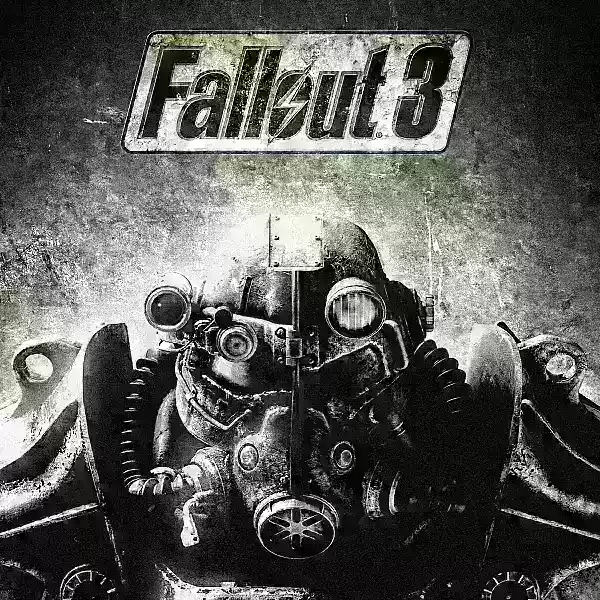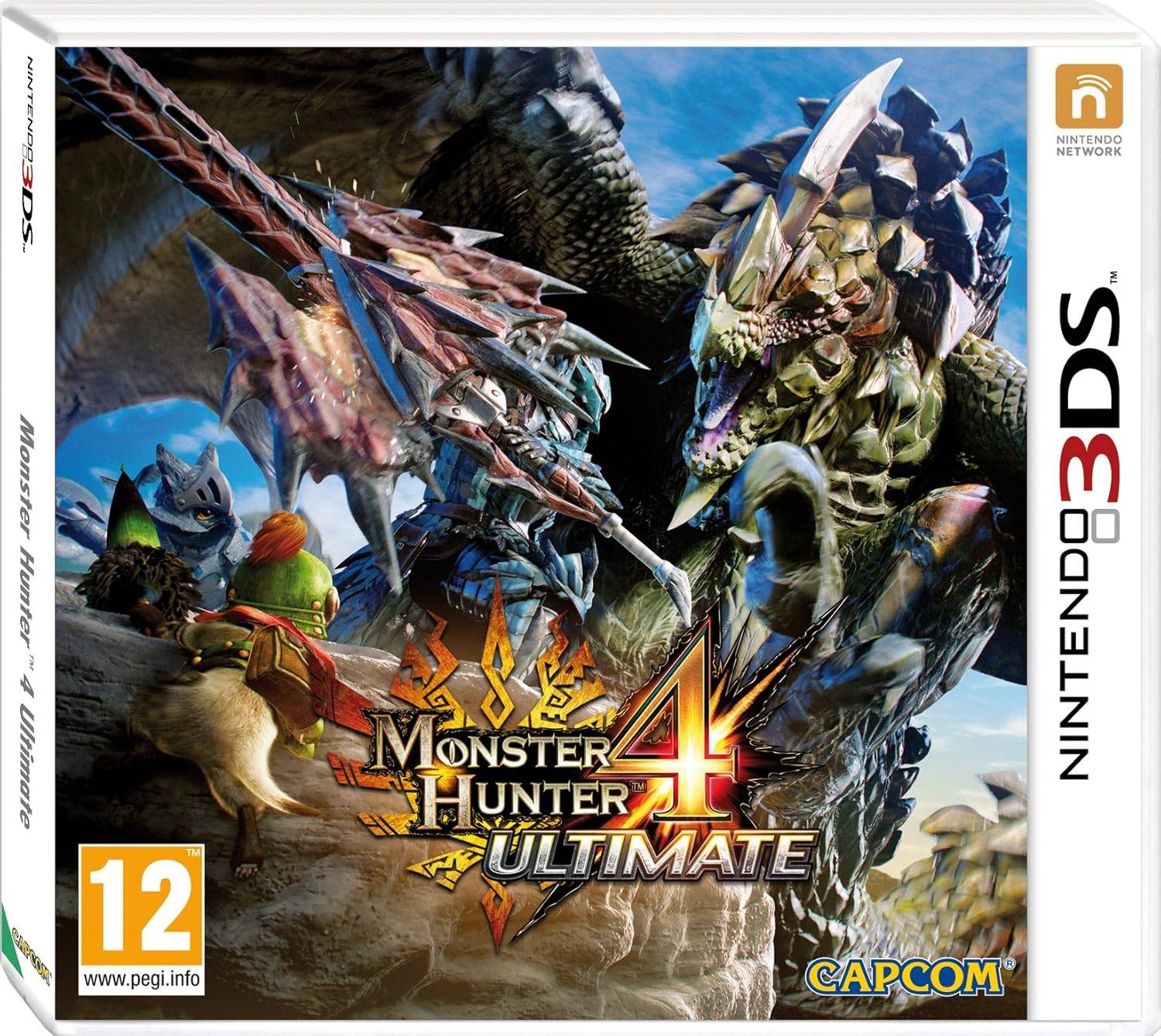by Simon May 29,2025
If there’s one developer synonymous with a particular genre, it’s Bethesda and their hallmark in first-person open-world Western RPGs. It’s a wonder they don’t rename the entire category “Skyrimlikes” or “Oblivionvanias,” given their unmatched expertise. Since *The Elder Scrolls: Arena* launched in 1994, Bethesda Game Studios has cemented itself as a powerhouse in the triple-A space, amassing a dedicated fanbase, astronomical sales figures, and even a jaw-dropping $7.5 billion acquisition by Microsoft.
Bethesda has delivered both monumental successes and infamous missteps over the years. With the recent *The Elder Scrolls: Oblivion Remaster* reigniting debates about their legacy, we figured it was time for a fresh look at ranking their catalog. Until *The Elder Scrolls VI* materializes beyond its cryptically premature reveal, this list remains refreshingly relevant.
Before we dive in, note that this list focuses exclusively on Bethesda’s core RPG franchises. The underwhelming spin-offs like *Battlespire* or *Redguard*, or mobile titles such as *The Elder Scrolls Blades* and *Fallout Shelter*, aren’t included here. Although *Fallout Shelter* does have its charm, especially its cartoonish humor and Vault Boy aesthetic.
This ranking celebrates the heavyweights—the sprawling, prestige sandboxes that instantly evoke the grandeur of a capital-B, capital-G “Bethesda Game.” Starting humbly, we begin with...
The debut entry isn’t last because it’s bad—it’s last because it was a bold, unpolished experiment. In 1994, Bethesda was primarily known for sports and *Terminator* games. *Arena* initially revolved around medieval gladiator battles, with side quests thrown in. Realizing the potential, developers pivoted to include exploration, dialogue, and dungeon crawling. The result? A fascinating first-person RPG steeped in its era’s quirks.
*Arena* boasts arcane systems, randomized loot, and maddeningly convoluted sidequests. Combat, unfortunately, is clunky, with dice rolls often negating visual hits against enemies. Despite its flaws, it was groundbreaking enough to set Bethesda on its trajectory. It’s commendable that they dared to declare it the start of a new franchise.

Every new Bethesda game invites speculation about whether it will ditch the aging *Gamebryo* engine or at least refine its infamous cell-based framework. *Starfield* didn’t. While “Creation Engine 2.0” sounds shiny, you’re still greeted by loading screens when entering stores. The futuristic NASApunk setting is a refreshing change from *Tamriel* or the *Wasteland*, but it doesn’t suit Bethesda’s strengths.
Bethesda excels at crafting one cohesive world filled with discovery and intricate details. Yet *Starfield* offers 1,000 procedurally generated planets with repetitive points of interest. Discovering another abandoned cryo lab or mine grows tiresome, especially compared to the satisfying exploration in older games. Landing on a planet feels like a slog, not an adventure.

Why does *Starfield* feel so lackluster? Because Bethesda has been mastering procedural generation since *Daggerfall* in 1997. That game’s map spans a staggering 80,000 square miles—roughly the size of Great Britain—and takes 69 hours to traverse on foot. It’s packed with 4,000 dungeons, 5,000 towns, and countless quests, though its sprawl can feel unwieldy.
Daggerfall’s combat remains basic, but its skill-based progression system is a precursor to modern RPG mechanics. Above ground, the game shines with its immersive economy, politics, and guilds. It’s a world begging to be explored with friends—or at least a notebook for jotting down cryptic clues.

Some might question why *Fallout 76* makes the list at all. As a live-service multiplayer shooter, it strays far from traditional RPG roots. At launch, it lacked NPCs and dialogue, relying on random players for narrative depth—a disastrous choice. Yet over time, updates like *Wastelanders* introduced voiced characters, expanding the game’s scope.
Despite these improvements, *Fallout 76* struggles to compete with *Elder Scrolls Online*, developed by Zenimax Online Studios. Fans remain skeptical of Bethesda’s handling of the *Fallout* franchise, especially given their shift toward monetization-focused live-service models. Still, it’s earned a loyal player base, bolstered by the popularity of the *Fallout* TV series.

With 25 million copies sold, *Fallout 4* is the most commercially successful in the series. However, its streamlined gameplay and accessibility compromises depth and complexity. Movement and shooting feel crisp compared to earlier titles, but the settlement-building mechanic is divisive.
The story feels disjointed, contrasting the gritty atompunk aesthetic with synthetic humans teleporting from pristine labs. The protagonist’s backstory is predictable, and the dialogue system severely limits player agency. Still, expansions like *Far Harbor* recapture the Fallout essence, and characters like Nick Valentine shine amidst the mediocrity.

When Bethesda acquired *Fallout* in 2004, fans were divided. Some saw synergy, others feared a watered-down experience. Fallout 3 walks the line between both camps. The opening sequence, starting with your birth and Vault 101 upbringing, is a masterclass in tutorial design. VATS, the combat system, remains a standout feature.
Yet Fallout 3 suffers from repetitive environments and questionable design choices. The ending, widely criticized, was softened by the *Broken Steel* DLC. For a richer experience, consider the *Tale of Two Wastelands* mod or wait for the rumored remake.

Oblivion set the template for modern Bethesda games. While
"Clair Obscur: Expedition 33 Hits 1 Million Sales in 3 Days"
Roblox Deep Descent: January 2025 Codes Revealed
How to Feed Villagers in Necesse
Bitlife: How to Complete the Renaissance Challenge
"Ōkami 2: Capcom, Kamiya, and Machine Head Discuss Sequel in Exclusive Interview"
Bahiti Hero Guide: Mastering the Epic Marksman in Whiteout Survival
Ragnarok V: Returns Beginner's Guide - Classes, Controls, Quests, Gameplay Explained
The Best Nintendo Switch Games That Don\'t Require An Internet Connection

Xbox and Nintendo Deliver Major Shocks to Former PlayStation Exec Shuhei Yoshida
Sep 10,2025

EA FC Mobile: NEON Event Rewards & Challenges
Sep 09,2025
Dying Light: 5 Beast Mode Survival Tips - IGN
Sep 08,2025

Skibidi Toilet Challenges Stumble Guys in Event
Sep 07,2025
Bungie Reviews Uncredited Artwork Policy
Sep 07,2025